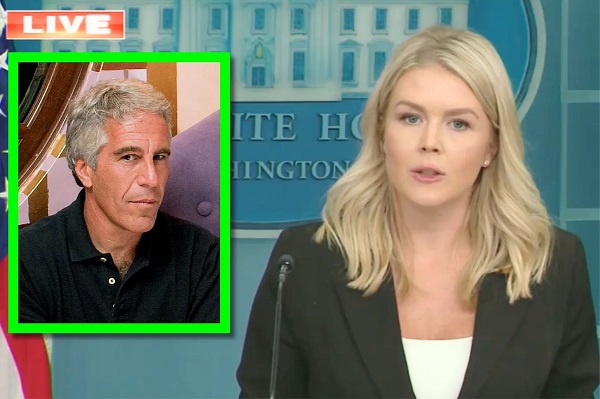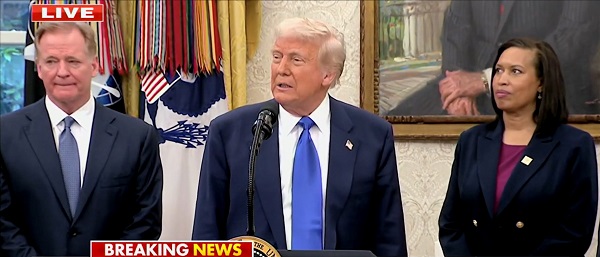Alberta
Calgary Stampede a calculated risk, potential example for post-COVID behaviour: mayor
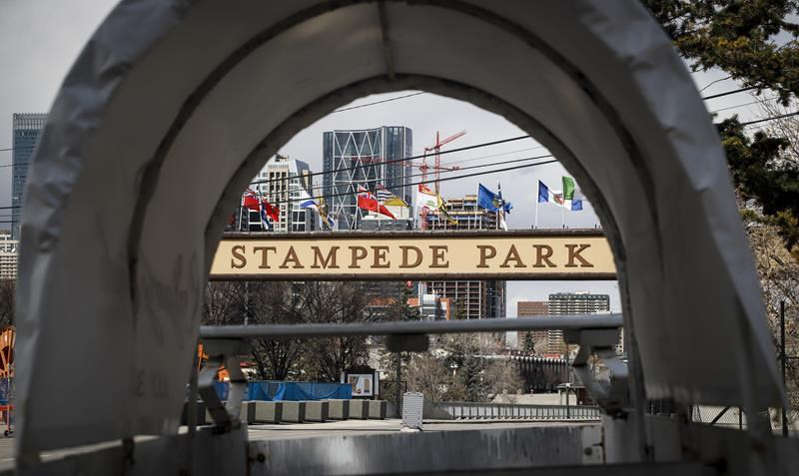
EDMONTON — The Calgary Stampede, increasingly touted by Alberta Premier Jason Kenney as the brass ring for defeating COVID-19, won’t look like the whoop-up of years past if it goes ahead, says the city’s mayor.
Naheed Nenshi says there would still be distancing rules and other changes to keep people healthy and safe at what could be the first major Canadian post-COVID-19 festival.
“We really do have a chance to be world leaders in showing people how you can move forward with a bit of a return to normalcy, but still being very safe,” Nenshi, who also sits on the Stampede board, said Thursday.
“Certainly, this decision would be a lot easier, and this discussion would be a lot easier, if the Stampede were in August,” he added.
“(But) as long as the (COVID) numbers keep on the trajectories they’re on now, then the reward outweighs the risk.”
The world-renowned rodeo and fair is to open July 9.
Stampede spokeswoman Kristina Barnes said plans are for a scaled-down event with a priority on safety. Some indoor events could be moved outdoors.
She said talks continue on how the trademark Stampede parade could look.
The signature event, the chuckwagon races, will not go ahead for safety reasons, said Barnes. Chuckwagon racers have been on a lengthy layoff due to COVID-19.
“It would be extremely difficult to step from practice straight to a high-stakes championship,” said Barnes. “For the long-term health of the sport, it was a decision we had to make.”
The Stampede is Alberta’s signature summer event, famous for rodeos, chuckwagon races, pancake breakfasts, midway rides and alcoholic overindulgence.
In recent weeks, it has taken on political significance.
Kenney has frequently used the Stampede to symbolize a return to happier times should Albertans continue to get vaccinated and observe health restrictions.
He referenced the Stampede multiple times on Wednesday as he outlined a three-stage plan to reopen the economy and expand public gatherings — based on vaccination rates and hospitalizations.
Almost 60 per cent of Albertans 12 and older have received at least one shot.
Kenney said almost all restrictions will be lifted once 70 per cent of those eligible have had at least one vaccine dose. He said that could come as early as June 28.
Comparable provinces, including Ontario, British Columbia and Quebec, have similar phased reopening strategies, but not until later in the summer or into September
Just a month ago, Kenney’s United Conservative government was facing COVID-19 case rates that were the highest in North America.
Kenney said he might try to pull together the traditional premier’s Stampede pancake breakfast. A vaccination site on the Stampede grounds is also being explored.
Opposition NDP Leader Rachel Notley questioned whether Kenney is following science or risking public health with a speedy reopening for political reasons.
Kenney has faced plunging popularity numbers during the pandemic as well as a backlash from rural supporters and some of his UCP backbenchers over health restrictions they deem heavy-handed and punitive.
Political scientist Duane Bratt said it’s hard not to believe that the Stampede is driving Kenney’s timeline. The premier runs a huge risk if cases surge again or if the Stampede were perceived as a failure, he said.
“Everything has to go right for this. This is the most aggressive reopening of any place in Canada,” said Bratt of Mount Royal University in Calgary.
“Nothing would symbolize back to normal (better) than a Stampede.”
The event is not only an international tourist attraction, but also the unofficial start of a summer of political schmoozing, glad-handing and deal-making.
Political scientist Chaldeans Mensah said Kenney needs a popularity boost, not to mention the opportunity to meet face to face with supporters and to mend fences as required.
“That has hurt him politically. That inability to connect (one-on-one during COVID-19) has been very negative,” said Mensah with MacEwan University in Edmonton.
“He has not been able to quell some of the internal challenges that he’s faced. Stampede would offer him that opportunity.”
Political scientist Lori Williams said Kenney will still have to deal with the anger of those who lost loved ones during the pandemic or who feel he mishandled restrictions and economic supports.
On top of that, there is still a public fight with Alberta’s doctors and vocal concerns about a proposed new school curriculum, said Williams, also with Mount Royal University.
“The depth and breadth of the anger with this government is going to be a huge challenge to overcome.”
This report by The Canadian Press was first published May 27, 2021.
Dean Bennett, The Canadian Press
Alberta
Alberta Next: Taxation
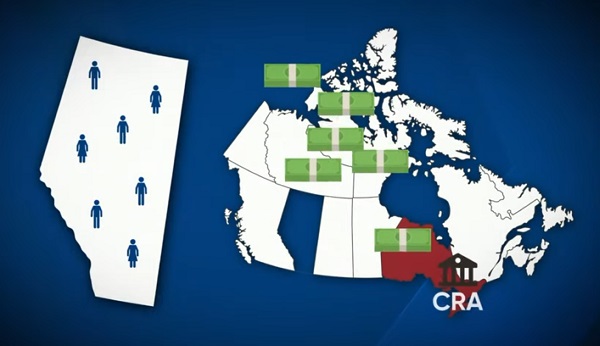
A new video from the Alberta Next panel looks at whether Alberta should stop relying on Ottawa to collect our provincial income taxes. Quebec already does it, and Alberta already collects corporate taxes directly. Doing the same for personal income taxes could mean better tax policy, thousands of new jobs, and less federal interference. But it would take time, cost money, and require building new systems from the ground up.
Alberta
Cross-Canada NGL corridor will stretch from B.C. to Ontario
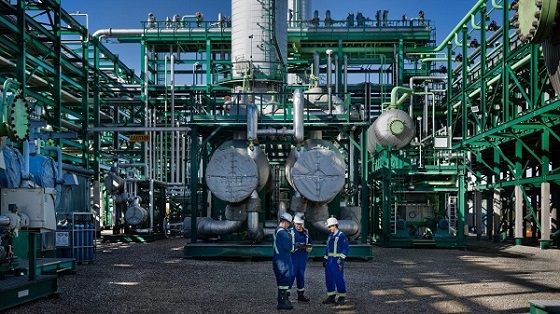
Keyera Corp.’s natural gas liquids facilities in Fort Saskatchewan. Photo courtesy Keyera Corp.
From the Canadian Energy Centre
By Will Gibson
Keyera ‘Canadianizes’ natural gas liquids with $5.15 billion acquisition
Sarnia, Ont., which sits on the southern tip of Lake Huron and peers across the St. Clair River to Michigan, is a crucial energy hub for much of the eastern half of Canada and parts of the United States.
With more than 60 industrial facilities including refineries and chemical plants that produce everything from petroleum, resins, synthetic rubber, plastics, lubricants, paint, cosmetics and food additives in the southwestern Ontario city, Mayor Mike Bradley admits the ongoing dialogue about tariffs with Canada’s southern neighbour hits close to home.
So Bradley welcomed the announcement that Calgary-based Keyera Corp. will acquire the majority of Plains American Pipelines LLP’s Canadian natural gas liquids (NGL) business, creating a cross-Canada NGL corridor that includes a storage hub in Sarnia.
“As a border city, we’ve been on the frontline of the tariff wars, so we support anything that helps enhance Canadian sovereignty and jobs,” says the long-time mayor, who was first elected in 1988.
The assets in Sarnia are a key piece of the $5.15 billion transaction, which will connect natural gas liquids from the growing Montney and Duvernay plays in B.C. and Alberta to markets in central Canada and the eastern U.S. seaboard.
NGLs are hydrocarbons found within natural gas streams including ethane, propane and pentanes. They are important energy sources and used to produce a wide range of everyday items, from plastics and clothing to fuels.
Keyera CEO Dean Setoguchi cast the proposed acquisition as an act of repatriation.
“This transaction brings key NGL infrastructure under Canadian ownership, enhancing domestic energy capabilities and reinforcing Canada’s economic resilience by keeping value and decision-making closer to home,” Setoguchi told analysts in a June 17 call.
“Plains’ portfolio forms a fully integrated cross Canada NGL system connecting Western Canada supply to key demand centres across the Prairie provinces, Ontario and eastern U.S.,” he said.
“The system includes strategic hubs like Empress, Fort Saskatchewan and Sarnia – which provide a reliable source of Canadian NGL supply to extensive fractionation, storage, pipeline and logistics infrastructure.”
Martin King, RBN Energy’s managing director of North America Energy Market Analysis, sees Keyera’s ability to “Canadianize” its NGL infrastructure as improving the company’s growth prospects.
“It allows them to tap into the Duvernay and Montney, which are the fastest growing NGL plays in North America and gives them some key assets throughout the country,” said the Calgary-based analyst.
“The crown assets are probably the straddle plants in Empress, which help strip out the butane, ethane and other liquids for condensate. It also positions them well to serve the eastern half of the country.”
And that’s something welcomed in Sarnia.
“Having a Canadian source for natural gas would be our preference so we see Keyera’s acquisition as strengthening our region as an energy hub,” Bradley said.
“We are optimistic this will be good for our region in the long run.”
The acquisition is expected to close in the first quarter of 2026, pending regulatory approvals.
Meanwhile, the governments of Ontario and Alberta are joining forces to strengthen the economies of both regions, and the country, by advancing major infrastructure projects including pipelines, ports and rail.
A joint feasibility study is expected this year on how to move major private sector-led investments forward.
-

 Uncategorized13 hours ago
Uncategorized13 hours agoCNN’s Shock Climate Polling Data Reinforces Trump’s Energy Agenda
-
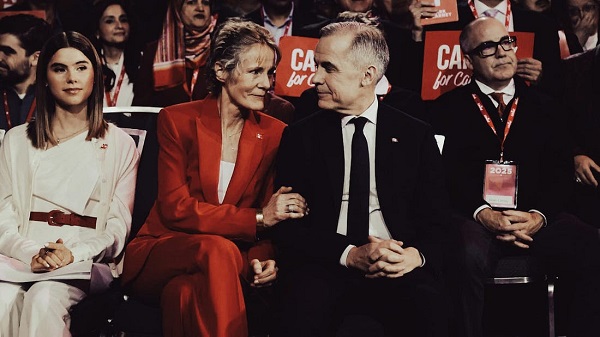
 Business2 days ago
Business2 days ago103 Conflicts and Counting Unprecedented Ethics Web of Prime Minister Mark Carney
-
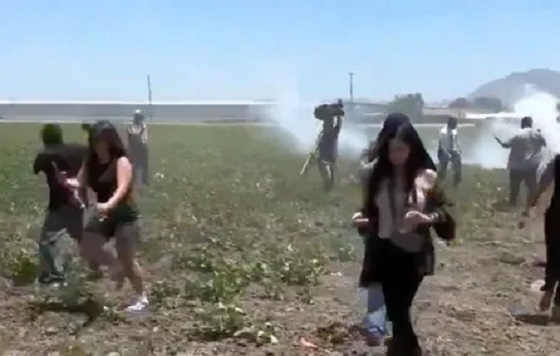
 illegal immigration1 day ago
illegal immigration1 day agoICE raids California pot farm, uncovers illegal aliens and child labor
-
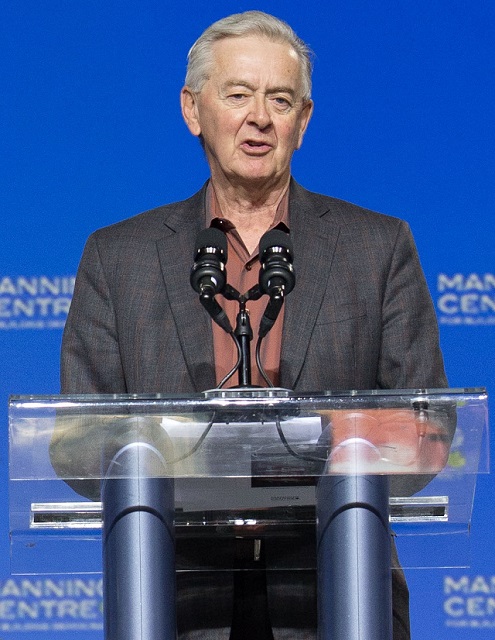
 Opinion5 hours ago
Opinion5 hours agoPreston Manning: Three Wise Men from the East, Again
-

 Addictions5 hours ago
Addictions5 hours agoWhy B.C.’s new witnessed dosing guidelines are built to fail
-
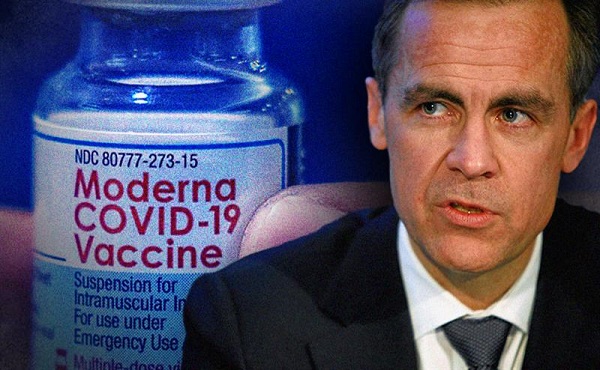
 Business3 hours ago
Business3 hours agoCarney Liberals quietly award Pfizer, Moderna nearly $400 million for new COVID shot contracts
-
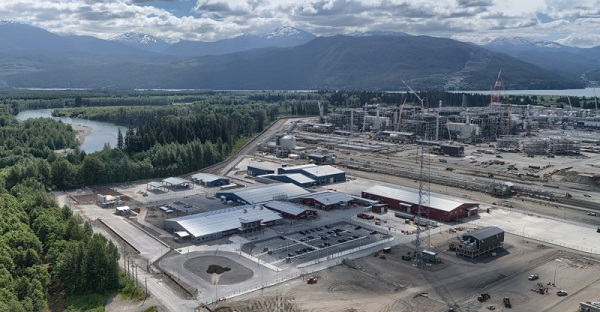
 Energy1 day ago
Energy1 day agoLNG Export Marks Beginning Of Canadian Energy Independence
-
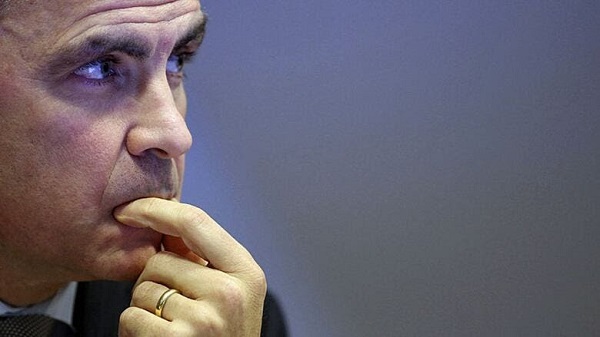
 Business1 day ago
Business1 day agoCarney government should apply lessons from 1990s in spending review


